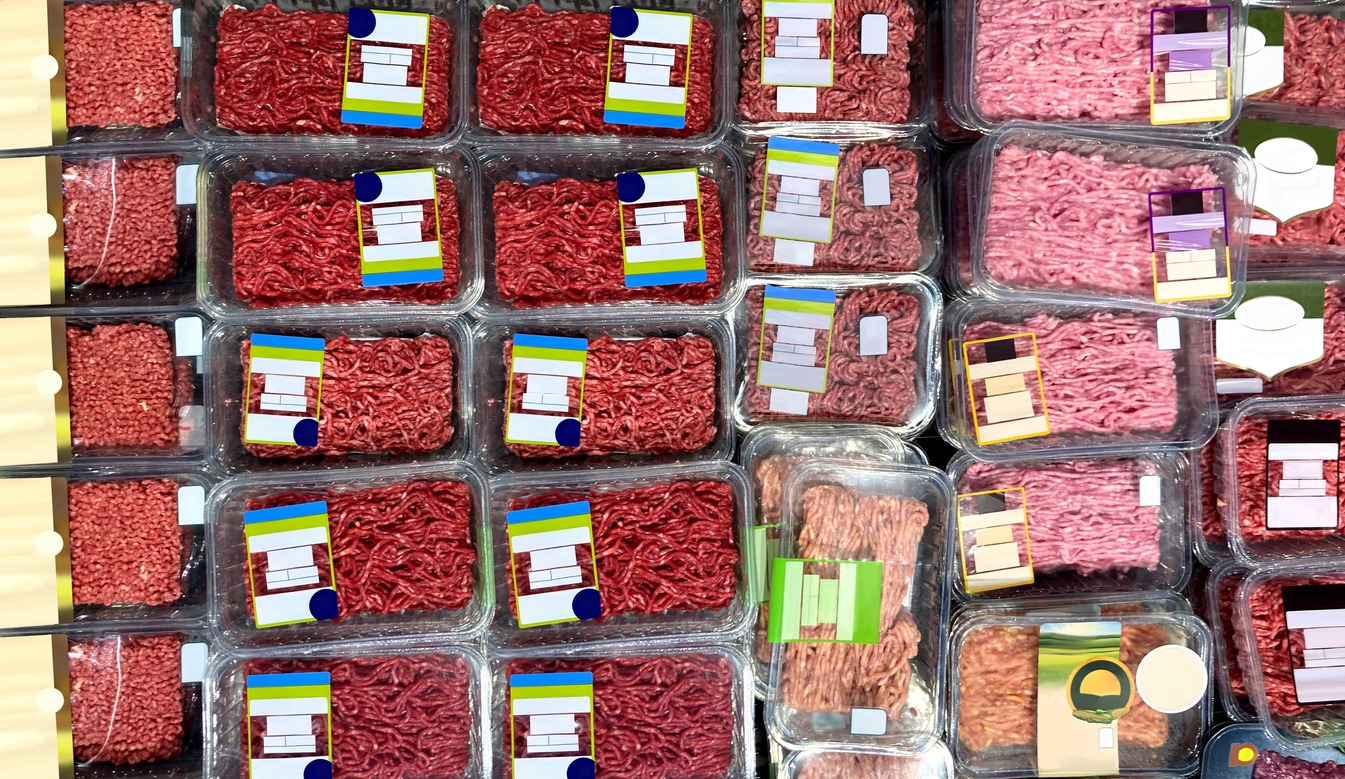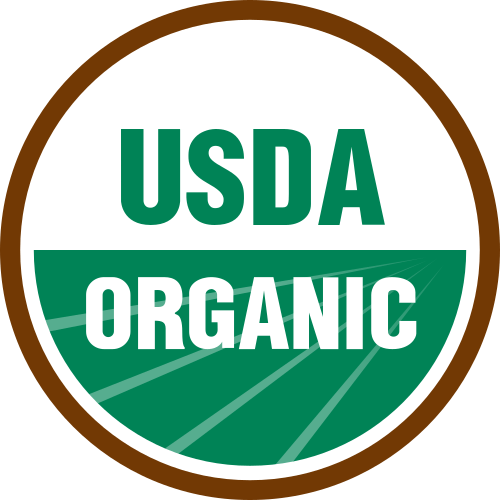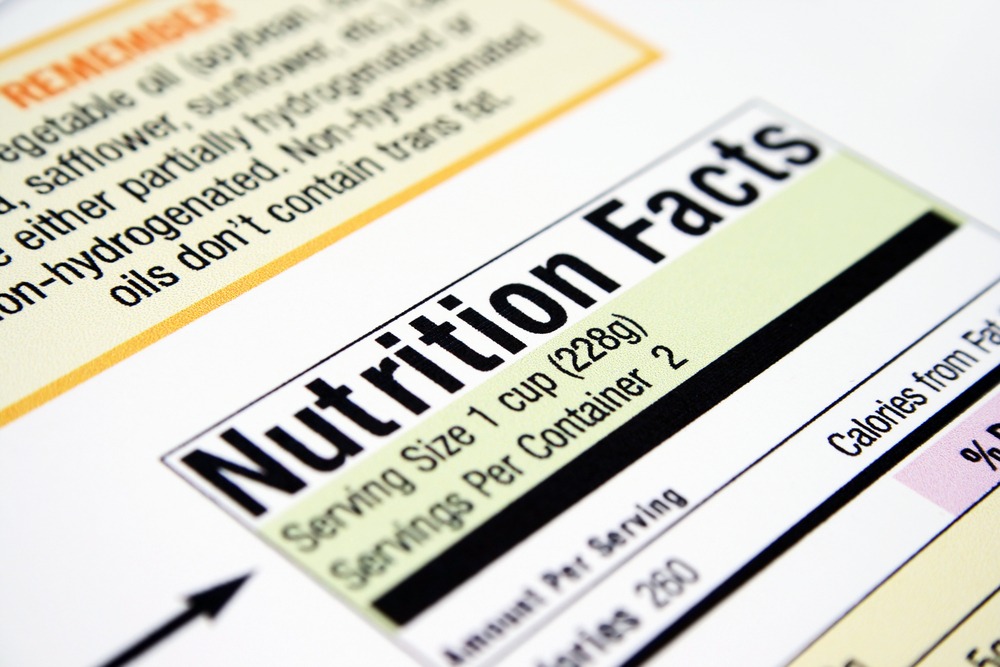Decoding Meat Labels: What Do They Really Mean?

The modern supermarket is a sea of choices, especially in the meat aisle. Words like “natural,” “organic,” “cage-free,” and “grass-fed” can be overwhelming for any shopper. While some labels provide reliable information about how the meat was raised and processed, others are little more than marketing jargon designed to sway consumers. Decoding these labels is essential for making informed choices about the food you eat, your health, and the planet.
In this guide, we’ll break down the most common meat labels, uncover the truth behind misleading claims, and offer practical tips to help you navigate the grocery store with confidence.
Reliable Certification Programs

When it comes to meat labels, certifications are your best friend. These independent programs hold producers to specific standards, ensuring transparency and trustworthiness. By understanding these certifications, you can make choices that align with your values, whether they center on health, animal welfare, or sustainability.
1. USDA Organic
The USDA Organic label is one of the most recognizable certifications. It guarantees that:
- Animals were raised without antibiotics, synthetic hormones, or pesticides.
- They were fed organic feed and had access to the outdoors.
However, organic certification doesn’t mean the animals were exclusively grass-fed or raised on large pastures. The outdoor access required by USDA Organic standards may be limited, depending on the farm, and it doesn’t specify the quality of outdoor conditions. While it addresses what isn’t allowed (e.g., synthetic inputs), it doesn’t guarantee certain aspects of animal welfare, like the size of their outdoor space or whether animals were pasture-raised.
For consumers, USDA Organic is a strong starting point, but it’s worth looking for additional certifications that verify specific practices, such as pasture-raising or grass-feeding, for a fuller picture of how the meat was produced.
2. Animal Welfare Approved
This certification focuses on the humane treatment of animals throughout their lives. Standards include:
- Continuous outdoor access.
- Prohibition of unnecessary physical alterations (e.g., tail docking or beak trimming).
- A focus on small family farms, ensuring that animals aren’t raised in large industrial settings.
Animal Welfare Approved (AWA) is one of the strictest certifications and is ideal for those prioritizing animal welfare. This label provides assurance that the animals lived in conditions promoting their well-being, making it an excellent choice for ethically minded consumers.
3. American Grassfed Association
For beef, lamb, goat, and bison lovers, this certification ensures animals:
- Were fed a 100% grass-based diet, with no grain or animal byproducts.
- Lived on pasture, with no confinement to feedlots.
- Received no antibiotics or hormones.
This is a more reliable standard compared to the generic “grass-fed” label, which often allows some grain feeding. American Grassfed Association-certified meat guarantees not only a grass-based diet but also a focus on animal welfare and sustainable land management practices.
By choosing meats with these certifications, you’re supporting systems that prioritize the health of animals, the environment, and the people consuming the end products.
Less Trustworthy Label Claims
Unfortunately, not all labels are created equal. Some terms, while sounding impressive, are vague, unregulated, or outright misleading. Recognizing these labels and understanding their limitations can help you avoid falling for marketing tricks.
1. “Natural”
The term “natural” is meaningless when it comes to meat. It only means the meat is minimally processed and free of artificial additives, which applies to almost all fresh meat products. It says nothing about how the animals were raised, their living conditions, or what they were fed. In short, “natural” tells you nothing about the ethical or environmental impact of the meat you’re buying.
2. “Cage-Free” and “Free-Range”
These terms are primarily used for poultry and eggs, but they can be misleading. “Cage-free” means chickens weren’t kept in cages, but they could still be housed in overcrowded barns with little room to move. Similarly, “free-range” implies outdoor access, but the access might be minimal, like a small door leading to a concrete yard. These labels fail to guarantee meaningful improvements in the quality of life for the animals.
3. “No Hormones Added”
Hormones are already prohibited in pork and poultry production in the United States. Seeing this label on these products is redundant and purely for marketing. However, in beef and lamb production, hormones are allowed, so this label can provide valuable information when applied to these meats.
4. “Humanely Raised”
This term sounds promising, but it lacks a uniform standard or enforcement. Without third-party verification, there’s no way to ensure the claim is true. If you see “humanely raised” on a product, look for accompanying certifications from programs like Certified Humane or Animal Welfare Approved for credibility.
Understanding Organic Meat Labels
Organic meat has become a popular choice for health-conscious and environmentally aware-consumers. But what does the USDA Organic label truly mean? While it’s a reliable certification, it’s essential to understand its benefits and limitations.
Benefits of Organic Meat
Organic meat ensures:
- Animals are raised without synthetic hormones, antibiotics, or genetically modified feed.
- Farming practices promote soil health, biodiversity and reduced chemical use.
Additionally, organic meats may contain slightly higher levels of certain nutrients, like omega-3 fatty acids and antioxidants, compared to conventionally raised options. This nutritional boost, though modest, adds to the appeal of organic products for many consumers.
Limitations of Organic Labels
While organic certification prohibits many harmful practices, it doesn’t guarantee:
- A grass-fed diet.
- Pasture-raised living conditions.
- Comprehensive animal welfare.
Organic certification focuses on eliminating harmful inputs but doesn’t necessarily promote the highest standards of animal care or environmental stewardship. Pairing organic certification with additional labels, like Animal Welfare Approved or American Grassfed Association, provides a more complete picture of the meat’s production.
Deciphering Grass-Fed and Pasture-Raised Claims
“Grass-fed” and “pasture-raised” are popular terms for meat and dairy, but they’re often misunderstood. These labels, while appealing, don’t always guarantee what you might assume.
What Does “Grass-Fed” Mean?
The USDA allows meat labeled “grass-fed” to include animals that ate grass for part of their diet. Without third-party certification, this label doesn’t ensure the animals were exclusively grass-fed or raised on pasture.
Certifications like the American Grassfed Association provide stricter standards, ensuring the animals:
- Ate only grass and hay throughout their lives.
- Had continuous access to pasture.
Grass-fed meat is often associated with higher levels of omega-3 fatty acids and antioxidants, as well as lower overall fat content compared to grain-fed options.
What About “Pasture-Raised”?
Unlike “grass-fed,” “pasture-raised” is unregulated. It doesn’t guarantee how much time animals spend outdoors or the quality of their living conditions. Some producers may use the term loosely, making it critical to look for certifications like Certified Humane, which specifies standards for pasture-raised animals. Certified Humane ensures animals have access to outdoor spaces that meet minimum size requirements, providing a more transparent measure of animal welfare.
Navigating Seafood-Specific Claims
Seafood labels can be just as confusing, with terms like “sustainable,” “wild-caught,” and “farmed” lacking consistent definitions.
1. “Sustainable”
This term suggests that seafood comes from environmentally friendly practices, but it’s unregulated and often misused. Third-party certifications, like those from the Marine Stewardship Council, are more reliable. These certifications ensure fisheries are managed responsibly, protecting both marine ecosystems and fish populations.
2. “Wild-Caught”
Wild-caught implies the seafood wasn’t raised in captivity, but the lack of FDA oversight means mislabeling is common. Be cautious and look for independent verification. Wild-caught seafood can be a more environmentally friendly choice when sourced from well-managed fisheries, but the term alone doesn’t guarantee sustainability.
3. “Farmed”
Farmed seafood comes from aquaculture facilities, but the term doesn’t guarantee sustainable or humane practices. Certifications like the Aquaculture Stewardship Council can provide more transparency by verifying that the farmed seafood meets environmental and welfare standards.
Hormone and Antibiotic-Free Labeling
As consumers become more concerned about the health implications of their food, hormone and antibiotic-free labels have grown in popularity. These labels address two critical aspects of livestock production: the use of growth hormones and antibiotics. While some claims are heavily regulated, others can be misleading.
Hormones
Hormones are banned in pork and poultry but are allowed in beef and lamb. Hormone-free beef, for instance, requires specific documentation to back up the claim. Growth hormones are commonly used in conventional cattle farming to increase weight gain, but concerns about their potential impact on human health have driven many consumers toward hormone-free options.
Antibiotics
Antibiotics are used in conventional farming to prevent disease and promote growth, but this practice contributes to antibiotic resistance—a major public health concern. Labels like “no antibiotics ever” indicate that the animals were never given antibiotics at any stage of their lives. Organic certification also ensures the meat is antibiotic-free, providing an additional layer of assurance.
Practical Tips for Decoding Meat Labels

To make informed choices in the supermarket, follow these steps:
1. Prioritize Certifications Look for USDA Organic, Animal Welfare Approved, American Grassfed Association, or Certified Humane.
2. Avoid Vague Claims Be skeptical of terms like “natural,” “humanely raised,” or “cage-free” unless paired with a reliable certification.
3. Read the Fine Print Claims like “free-range” often have small-print details explaining what the label really means.
4. Do Your Research Learn about trusted third-party certifications and what they entail.
5. Use a Checklist When in doubt, ask yourself:
- Does this label guarantee outdoor access?
- Was the animal’s diet specified?
- Is the claim verified by a third party?
Conclusion
Meat labels are more than just words on packaging—they’re a window into how your food was raised, processed, and brought to your table. While some labels provide valuable information, others are little more than marketing tools designed to mislead. By learning to decode these labels, you can make smarter, more ethical choices that align with your values.
The next time you shop for meat, remember the labels you trust to reflect the food system you support. Choose wisely, and you’ll not only nourish yourself and your family but also contribute to a more sustainable and humane food industry.




